Top Things to Know Before Buying a Garden Office
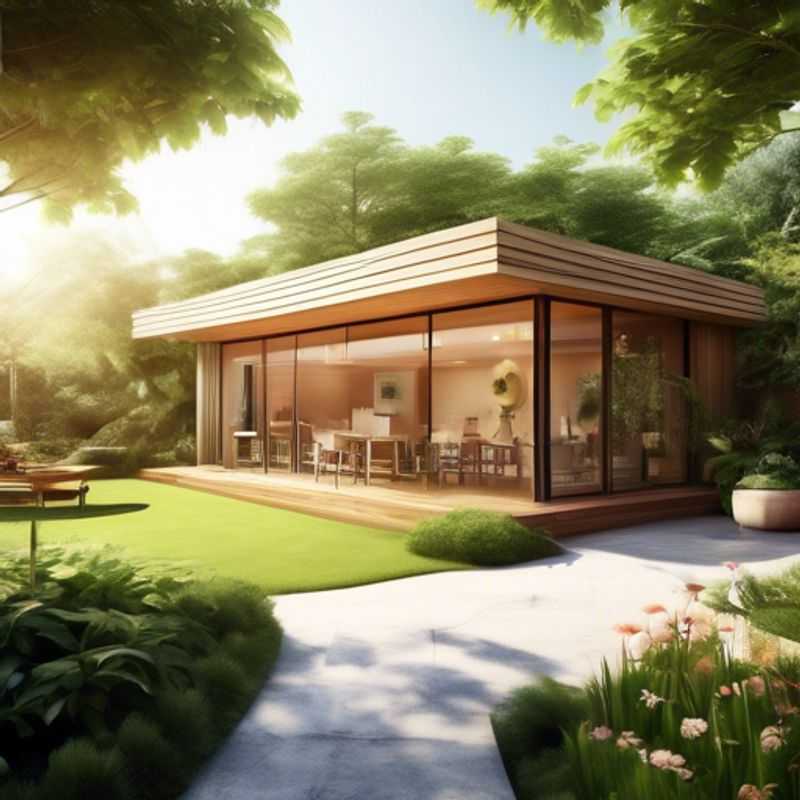
The Essentials: Building Regulations, Size, Insulation, Electrical & Internet, Power Sources, Lighting, & Design Harmony
Building a garden office is a fantastic way to create a dedicated workspace while enjoying the tranquility of your backyard. But before you embark on this exciting project, there are a few key things to consider to ensure a successful and functional space. Here's a rundown of the top things to know before buying a garden office:
Understand the local building regulations and zoning laws for your area. This will ensure your garden office complies with local ordinances and avoid potential issues later. It's essential to check what size, structure, and materials are permitted in your area.
Determine the required size and layout of the garden office based on your needs. Consider the amount of space you'll need for your desk, storage, and any other equipment. You might also want to think about incorporating features like a meeting area or a comfortable seating space.
Consider the insulation and ventilation requirements for year-round comfort. A well-insulated garden office will keep you warm in the winter and cool in the summer, ensuring you can work comfortably throughout the year. Proper ventilation is also crucial for creating a healthy and productive environment.
Evaluate the electrical and internet connectivity needs for your workspace. Determine the power requirements for your equipment and ensure the garden office has adequate electrical outlets. Internet connectivity is also essential for remote work, so consider the best options for reliable Wi-Fi or wired internet access.
Research the available options for power sources, such as solar panels.

Building Dreams on Solid Ground: Understanding Local Regulations and Zoning Laws
Navigating the world of construction and renovation can be a thrilling yet intricate journey. Before you embark on your project, it's crucial to understand the local building regulations and zoning laws for your area. These rules act as a blueprint for safe and responsible construction practices, ensuring your project aligns with the community's standards. Think of it as a set of guidelines that help your project go smoothly and avoid unexpected hurdles.
Building codes are a collection of rules that define the minimum standards for construction, safety, and health within a jurisdiction. These codes govern various aspects of a project, including electrical wiring, plumbing, fire safety, and structural integrity. They are the foundation for creating safe and functional buildings.
Zoning laws, on the other hand, dictate how land can be used within a specific area. They determine what types of structures can be built, the size of the buildings, and the permissible uses of the property. These laws ensure the harmonious development of neighborhoods and communities.
Understanding these regulations is essential for several reasons. First, it ensures your project complies with local ordinances, preventing potential legal issues and costly fines. Secondly, it guarantees a safe and secure environment for your family and the community. Compliance with these regulations protects your investment and peace of mind.
Before you start your project, reach out to your local building department or zoning office. They can provide you with detailed information about specific regulations and application procedures. Engaging with these authorities early in the process can save you time, money, and potential headaches.
Keep in mind that building permits and inspections are often required for construction and renovation projects. These steps may involve fees, and the permit process may take some time to complete. Be prepared to allocate resources for these processes, and don't be afraid to ask for assistance if needed.
Remember, staying informed about building codes and zoning laws is crucial for a successful project. It allows you to plan ahead, manage risks, and ensure a smooth journey throughout the construction process. Your efforts in understanding these regulations are a valuable investment in your project's success and peace of mind.
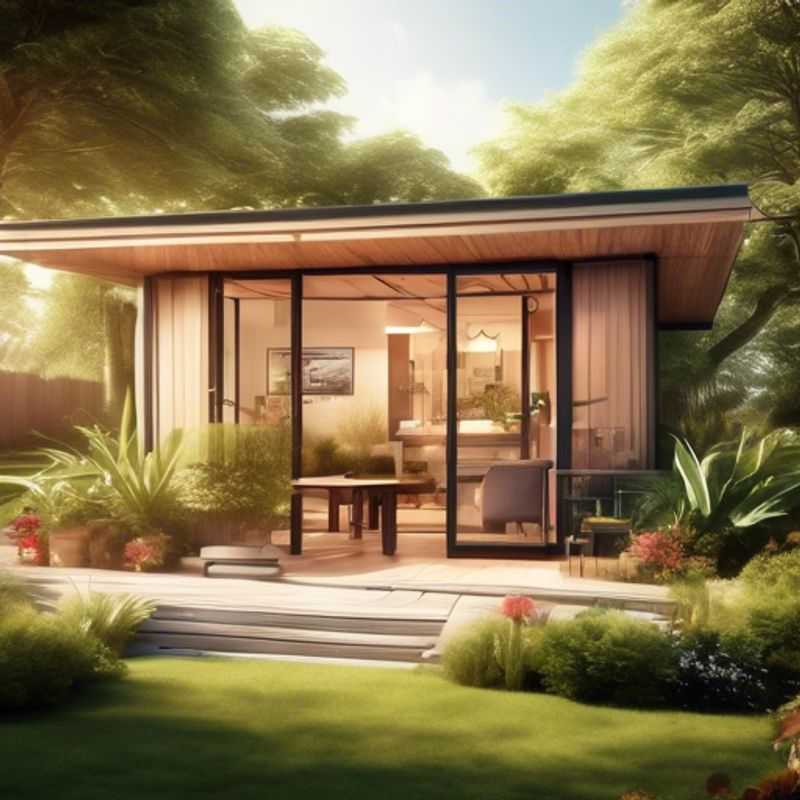
Designing Your Dream Garden Office: Size & Layout
Deciding the right size and layout for your garden office is crucial. It's all about finding the perfect balance between functionality and space.
First, consider your needs: What will you use the office for? Will you be working alone or collaborating with others? Will you need to store equipment or supplies? Once you've answered these questions, you can start to determine the size you'll need.
Next, think about the layout: How will you arrange your furniture? Will you need a desk, a filing cabinet, a printer, a whiteboard? How much space will you need to move around comfortably? A good rule of thumb is to allow at least 3-4 feet of space between furniture and walls.
Don't forget the essentials: You'll need to factor in the cost of building permits and inspections, as well as the cost of materials, labor, and utilities. Remember to consider any additional features you want, such as insulation, heating, and air conditioning.
To get started, you can sketch out a basic plan on paper or use a free online design tool. There are many resources available online to help you with this process.
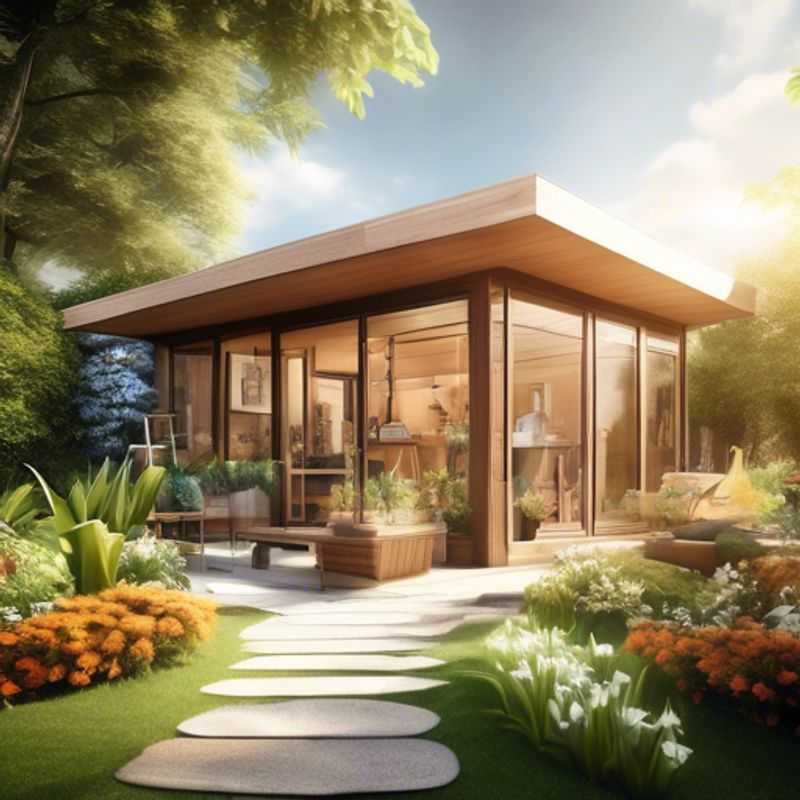
Insulation and Ventilation for Year-Round Comfort: A Practical Guide
Insulation and ventilation are key to comfortable living all year round. Proper insulation keeps your home warm in winter and cool in summer, reducing your energy bills and carbon footprint. Ventilation ensures fresh air circulation, preventing moisture buildup and improving indoor air quality.
Here’s what to consider for optimal insulation and ventilation:
Insulation:
- Choose the right type for your climate and building materials.
- Insulate all areas, including walls, roof, and floors.
- Pay attention to air sealing around windows, doors, and other openings to prevent drafts.
- Ensure adequate ventilation in every room.
- Use exhaust fans in bathrooms, kitchens, and laundry rooms.
- Consider whole-house ventilation systems for optimal air quality.
Ventilation:
Costs:
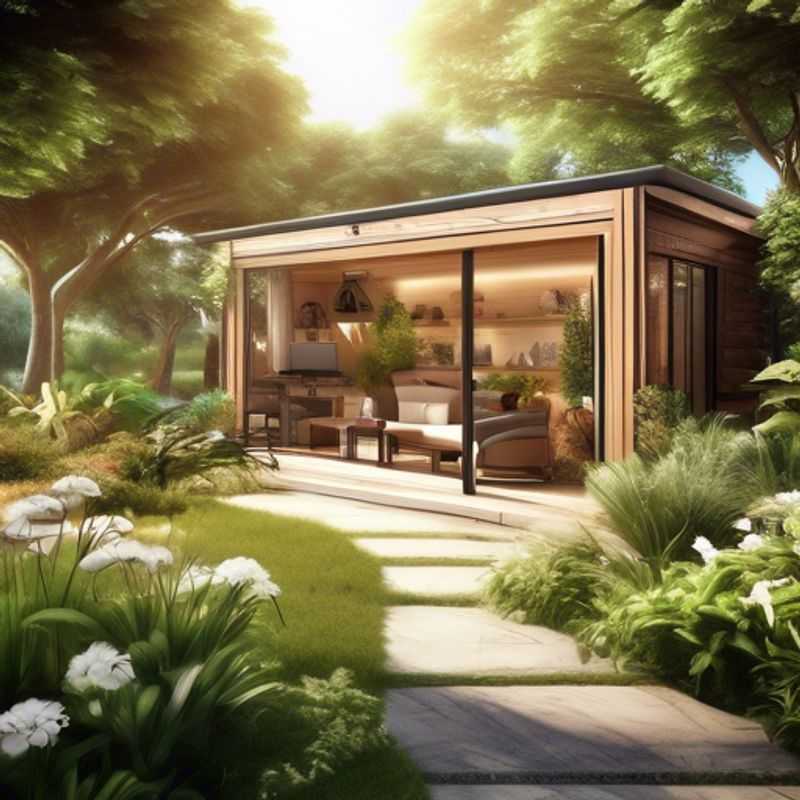
Power Up Your Workspace: Evaluating Electrical and Internet Needs
When evaluating the electrical and internet connectivity needs for your workspace, it’s essential to consider several key factors for optimal performance. Start by assessing the total number of devices that will be used, including computers, printers, and any other electronic equipment. Each device will require a reliable power source and internet access, so calculate the power requirements and bandwidth needs accordingly.
Next, ensure that your electrical outlets are conveniently located. You may need to hire an electrician for installing additional outlets or upgrading your existing ones to meet your workspace layout. This could include expenses for wiring, outlet installation, and potential circuit upgrades.
For internet connectivity, analyze the type of connection best suited for your needs—fiber, cable, or DSL. You should also consider the cost of internet service, which can vary significantly based on speed and provider. If you're in a high-demand area, investing in a business-grade router and switches may also be necessary to ensure strong connectivity across all devices.
Lastly, remember to account for any monthly service fees, equipment rental, or installation costs that might arise from your chosen internet service provider. By carefully planning these elements, you can create a workspace that is both efficient and effective.
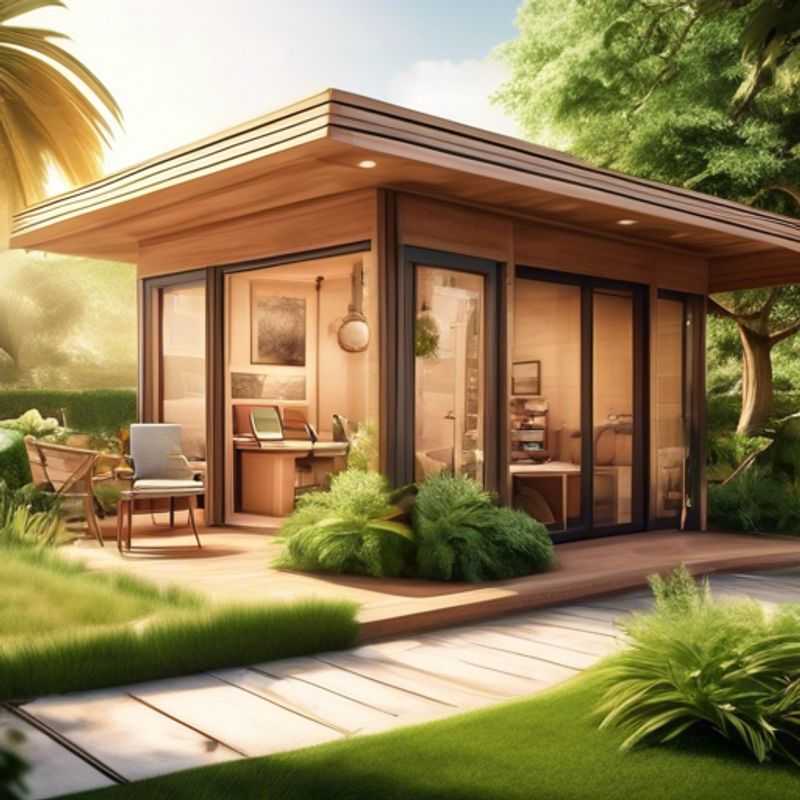
Power Up Your Project: Exploring Solar Panel Options
When researching power sources, such as solar panels, you'll need to consider several key factors. First, determine your energy needs: How much power do you require, and how will you use it? Next, evaluate the available space: Do you have enough room for panels or a wind turbine? Then, consider the local climate: Is there sufficient sunlight or wind for these technologies? Finally, research the costs: Solar panels and other renewable energy systems have upfront costs but can save money in the long run.
Solar panels are a popular choice for many reasons. They harness the sun's energy, providing a sustainable and clean source of power. The cost of solar panels has decreased significantly in recent years, making them more accessible to homeowners and businesses. However, you'll need to consider the initial investment, which includes panel purchase, installation, and any required permits.
In addition to solar panels, there are other options to explore. Wind turbines can be a good choice in areas with consistent wind speeds. However, they require more space and can be visually disruptive. Hydropower is another option, but it is generally best suited for locations with consistent water flow. Battery storage is important for any renewable energy system to ensure power is available when the sun isn't shining or the wind isn't blowing. The cost of battery storage has also been decreasing, making it a more viable option.
Researching power sources can seem overwhelming, but it's a valuable investment in your future. Start by determining your needs, then explore available technologies. Consider the costs, benefits, and any potential drawbacks. Don't hesitate to reach out to experts for help with your research and to receive personalized advice for your specific situation.
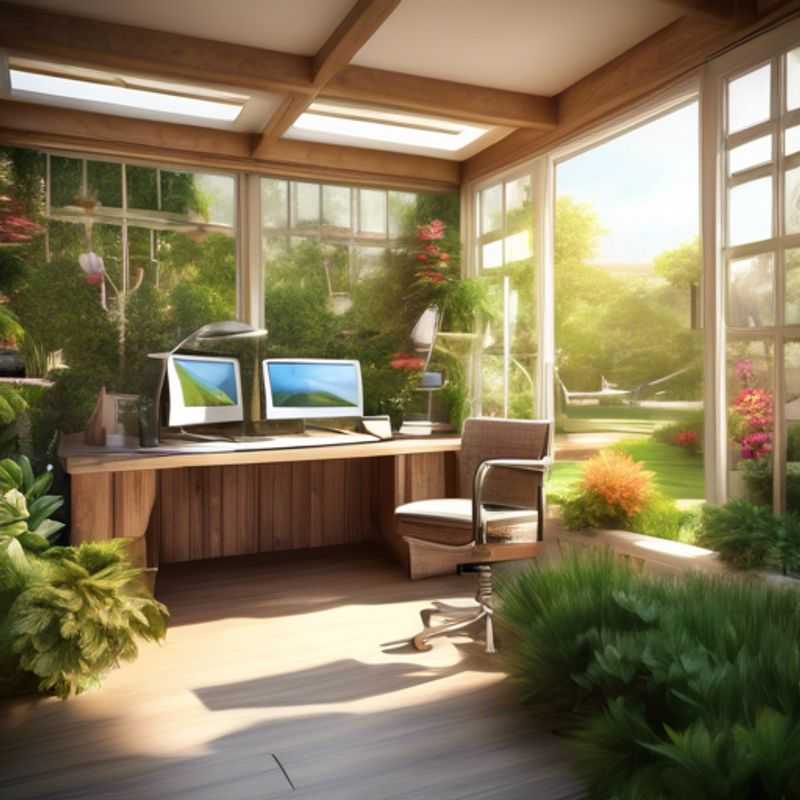
Shining a Light on Productivity: Planning for Optimal Natural and Artificial Lighting
Lighting is crucial for productivity, impacting mood, focus, and overall well-being. A well-lit workspace can enhance performance and reduce eye strain. Natural light is best, providing vitamin D and a sense of spaciousness. Maximize natural light by strategically placing desks near windows, using light-colored walls and furniture, and minimizing obstructions. However, relying solely on natural light is insufficient. Artificial light is essential for evening work or when natural light is limited. Use a combination of overhead lighting, task lighting, and ambient lighting to create a balanced and comfortable environment. Overhead lighting should be bright enough to illuminate the entire space, while task lighting provides focused illumination on specific work areas like desks. Ambient lighting creates a softer, more relaxing atmosphere. When choosing light bulbs, consider their color temperature. Warm white light (2700-3000K) is ideal for relaxing, while cool white light (4000-4500K) is better for focus and concentration. Avoid flickering lights, as they can cause eye strain and headaches. Finally, consider using dimmers to adjust lighting levels based on your activities and preferences.
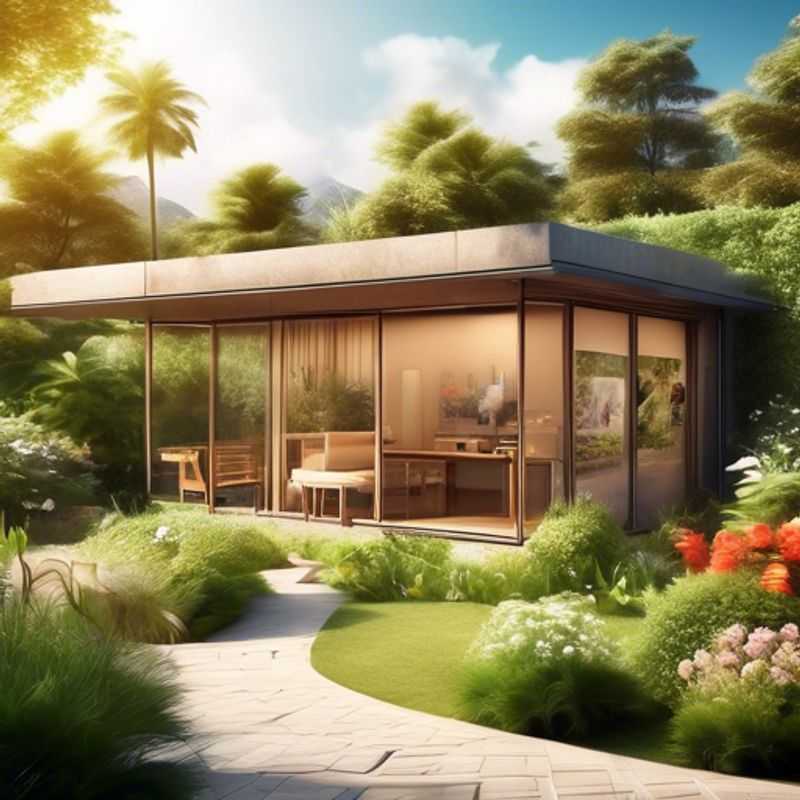
Designing Your Garden Office: Blending Seamlessly with Your Outdoor Space
Building a garden office that blends harmoniously with your outdoor space requires careful consideration of design elements. It's crucial to choose materials and colors that complement your existing landscaping. Consider using natural materials like wood, stone, or brick to create a cohesive look. Matching the roof style of your home with the garden office can also help to create a unified aesthetic. Integrating greenery and landscaping around the office can further soften its presence and make it feel like a natural extension of your outdoor space.
For a seamless transition, think about using large windows that blur the line between inside and outside. This can help to create a bright and airy feel, while also connecting the garden office with the surrounding natural environment. Ensure the office blends into the landscape through its height and shape. A low-profile design can help to minimize visual impact and allow it to blend discreetly into the garden. If your budget allows, consider incorporating a green roof with native plants to further enhance the integration of the office into your outdoor space.
